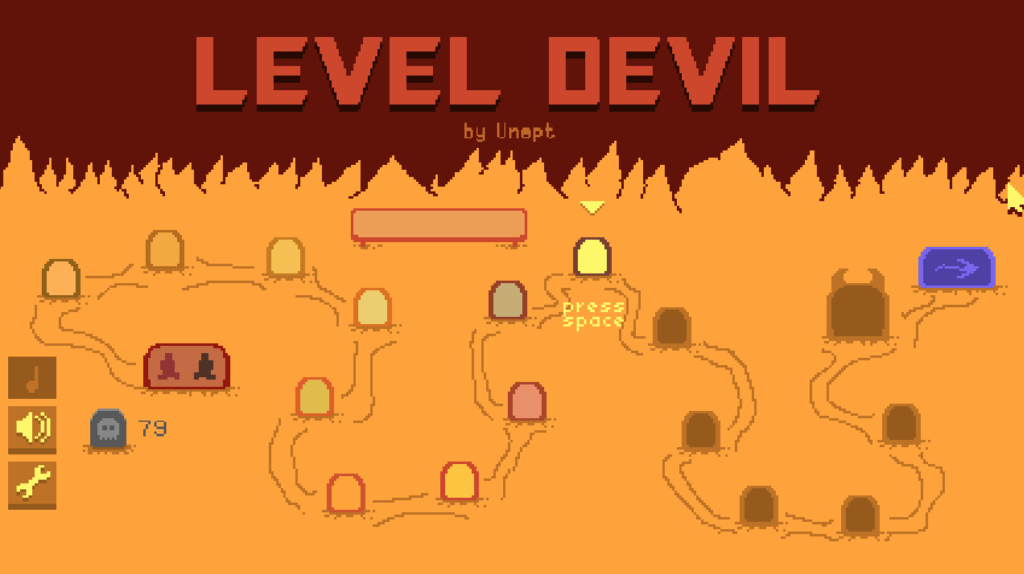Level Devil
Laiks sačakarēt sev nervus. Nav tik traki kā Flappy Bird, bet vienā brīdī gribās salauzt klaviatūru. Level Devil.

Laiks sačakarēt sev nervus. Nav tik traki kā Flappy Bird, bet vienā brīdī gribās salauzt klaviatūru. Level Devil.

|>.
25. jūlijā, 3 komentāri